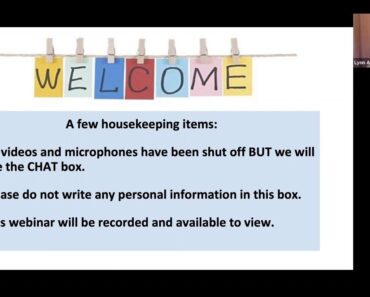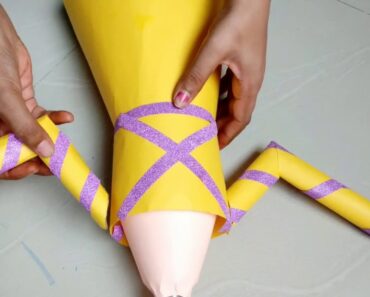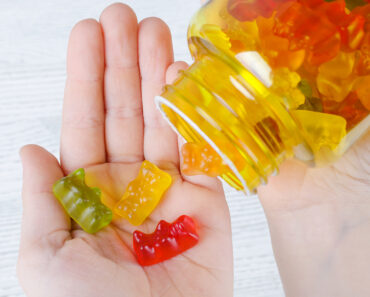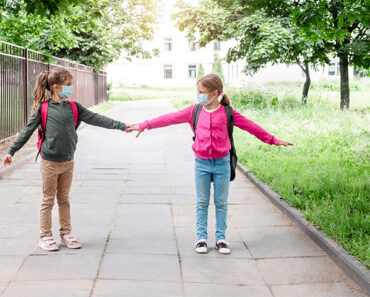My two-and-a-half year old shrieked and stomped, tears welling like tiny rainclouds ready to burst. Her dad was trying to put on her snowsuit. “Mommy do it,” she pleaded, so I grabbed the pants and put her on my lap. “Take a deep breath, in and out,” she whispered, closing her eyes, taking in a deep inhale and exhale. Her energy visibly shifted to a calmer state and minutes later we were all outside playing in the snow, the tantrum a mere blip in the day. I was shocked—usually her tantrums lasted at least five minutes (or what feels like an hour).
After recounting the incident to a caregiver at her daycare, she said they were encouraging the class to recognize their emotions and take a deep breath when they felt frustrated or upset. While I was surprised my daughter could remember to use this skill in the moment, it’s clear what they were teaching her was working.
I’ve since learned that mindful breathing is an accessible, easy to do and effective way to help your child manage their emotions. And it’s never too early to start encouraging it.
What is mindful breathing
Slow, easy breathing has positive effects on the mind and body, including training your brain to focus, decreasing anxiety and helping with emotional regulation.
“When we have a long exhale it activates the parasympathetic nervous system, which helps us calm down,” explains Sara Marlowe, a Toronto-based registered social worker and writer of children’s books about mindfulness and self-compassion.
A 2019 study with 61 preteens found after 18 minutes of yoga breathing their attention improved and anxiety decreased. Positive results also came out of a study from Ottawa, where two paediatric residents led bi-weekly mindfulness workshops at an at-risk elementary school. The program included mindful breathing, and after their sessions, the students were better able to recognize emotions and use tangible relaxation techniques.
When can kids start learning mindful breathing
Marlowe says you can introduce mindful breathing to a child at any age, including mindfully breathing with your baby. She gives an example of doing a song circle with parents and babies, where she would introduce them to mindful breathing using the lyrics, “Breathing in I am calm. Breathing out I smile.” Breathing mindfully with their infant helps parents respond to their baby’s emotions in a more soothing manner which, according to Marlowe, overtime nurtures emotional regulation. By age 2 kids can start engaging in more intentional breathing exercises that involve counting or focusing on the breath.
Don’t try to introduce mindful breathing in the middle of a tantrum, though. Telling a kid to “take a deep breath” while they’re in the midst of screaming over you using the wrong coloured plate isn’t going to get you anywhere. Instead, “Introduce mindfulness during calm times and talk about how it might be used in difficult times,” suggests Erin Woo, assistant director of Mindfulness in Education, at the Mindfulness Center of Brown University. She says depending on the child, suggesting they pay attention to their breath when they’re having a tantrum can be helpful if they’re open to it, but it can also be counterproductive and turn them off it altogether. Part of this is because when a child (or adult for that matter) is having an intense emotional reaction, the flight or fight response kicks in and you become disconnected from your prefrontal cortex (the part of your brain that helps you reason). So trying to teach anyone to pay attention to their breath when they’re not connected to the place where it could happen, doesn’t make sense. “It’s not something we can impose. Allow them to make the connections when they’re ready to use it,” says Woo.
It’s important to note that not all children resonate with mindful breathing. “I don’t think mindfulness is for everyone,” says Woo. “It’s important to recognize it’s not for all.” Meaning if you find your child consistently resisting your mindful breathing suggestions, you should back off.
How to teach your kid mindful breathing
Being playful and fun when you initiate mindful exercises or activities is key. Marlowe says it’s important not to force it or have rigid expectations of how they should engage with mindful breathing. It could be as simple as taking a dandelion and saying, “Let’s see if we can pretend to blow all of the seeds, but do it one at a time.” This way you’re not asking a child to be calm and take a deep breath. Instead you’re turning mindful breathing into play.
I shared my daughter’s experience with Woo who explained how children start to make those connections, “She’s realizing that she’s angry and she’s focusing her attention on her breath. For many people that’s very calming and a way to detach a bit of the intensity of that emotion.”
She says after you go through a mindful breathing activity, ask your child how they felt. Often they will comment they feel calm or relaxed. You could say: “If you noticed that you felt more calm after mindful breathing, when is a time you might use it to help yourself?” Woo says children will often have great ideas and if they don’t suggest when they’re upset, you can suggest it and offer specific times.
With continued practice, your little one will be able to start recognizing their emotions and will be able to diffuse themselves faster. The caveat of course is these mindful muscles take time to develop (not to mention the prefrontal cortex isn’t fully developed until we’re about 25).
The most powerful way to teach your kids to use mindful breathing in the moment is with modelling. “It’s teaching our kids in a non-pressured way that we all have these different emotions all the time. By taking breaths when we’re upset, kids will start to model that and learn that too,” says Fulroop Sidhu, a child psychiatrist in the Infant Psychiatry Clinic at B.C Children’s Hospital in Vancouver. Say for example you stub your foot and it hurts. Say out loud, “That really hurts, so I’m frustrated right now. Maybe I just need to take a few deep breaths. One. Two. Three.”
Keep working those mindful breathing muscles
Although my daughter used mindful breathing on that brisk winter day to tame her frustration, there have been many more tantrums where she didn’t—and perfectly revealed to me why you shouldn’t ask your child to take deep breaths in the middle of a meltdown. (I tried and she replied, “No deep breathing.”)
Your kid won’t be able to remember to use these techniques in every tantrum, but over time you’ll see changes in how they manage their emotions. We may not think our efforts are paying off (tantrums will keep happening), but in time they will. Case in point: I have noticed my daughter’s tantrums are much shorter and less intense than they used to be.
“Mindfulness can really help us when we’re struggling,” says Marlowe. “When we need it the most it can be the hardest to access, so we want to be practicing and developing the muscles, so when we need it, it’s accessible.”
Below are four expert-recommended breathing exercises you can try with your little one.
Blowing Bubbles
Age: 2+
How to do it: Get some bubble mixture and a wand. Have your child try to blow bubbles by blowing into the wand. They might blow really hard and not be able to blow a bubble. Suggest they blow gently and tell them to pay attention to what that feels like.
When to use: When you want to wind things down, like in the bath or during playtime before nap.
How it can help: Visualization— you can see your breath create the bubble—encourages children to connect with their breath. In addition to calming the mind and body, this exercise can also promote focus and self-regulation.
“I stop and feel my breathing”
Age: 2+
How to do it: Before you and your child are going to start an activity together, ask your child to stop, pause and feel their breath. When stopping to feel their breath, children can place a hand on their belly to feel it rising and falling as they breathe, explains Samantha Snowden, a kids and family mindfulness expert at Headspace.
When to use: It’s meant to be brief (vs. the more focused Bear Breath, below). Try it before a meal, brushing teeth or getting into the car to go to school.
How it can help: “Rituals are especially helpful during transitions, when children may have a hard time switching from one task to another,” she says. “They help children accept aspects of routines like taking a bath or brushing teeth that may be difficult at first.” Adding the mindful breath in before the transition starts, allows your little one to practice emotional regulation.
Bear Breathing
Age: 3+
How to do it: Tell your child to pretend they are a bear, hibernating for the winter and explain that when bears hibernate they breathe slowly. Ask them to follow your lead as you inhale deeply. Count out loud to three or four as you inhale and then pause for a count or two. Then exhale, counting out loud for three or four counts and pause again, repeating a few times. Ask your child if they feel relaxed and cozy in their bear cave.
When to use: Before a nap, story time or a creative activity.
How it can help: This deep breathing technique helps to promote relaxation.
Belly Stones/Stuffie
Age: 4+
How to do it: Either with a small stone they have found or their favourite stuffed animal, have your child lay on their back with the stone or stuffie on their belly. Ask them to watch the object move up and down with their breath.
When to use: Before a nap or bedtime.
How it can help: Because children have to focus on their belly for this exercise, it helps to teach them that paying attention to their body can help them relax.

































